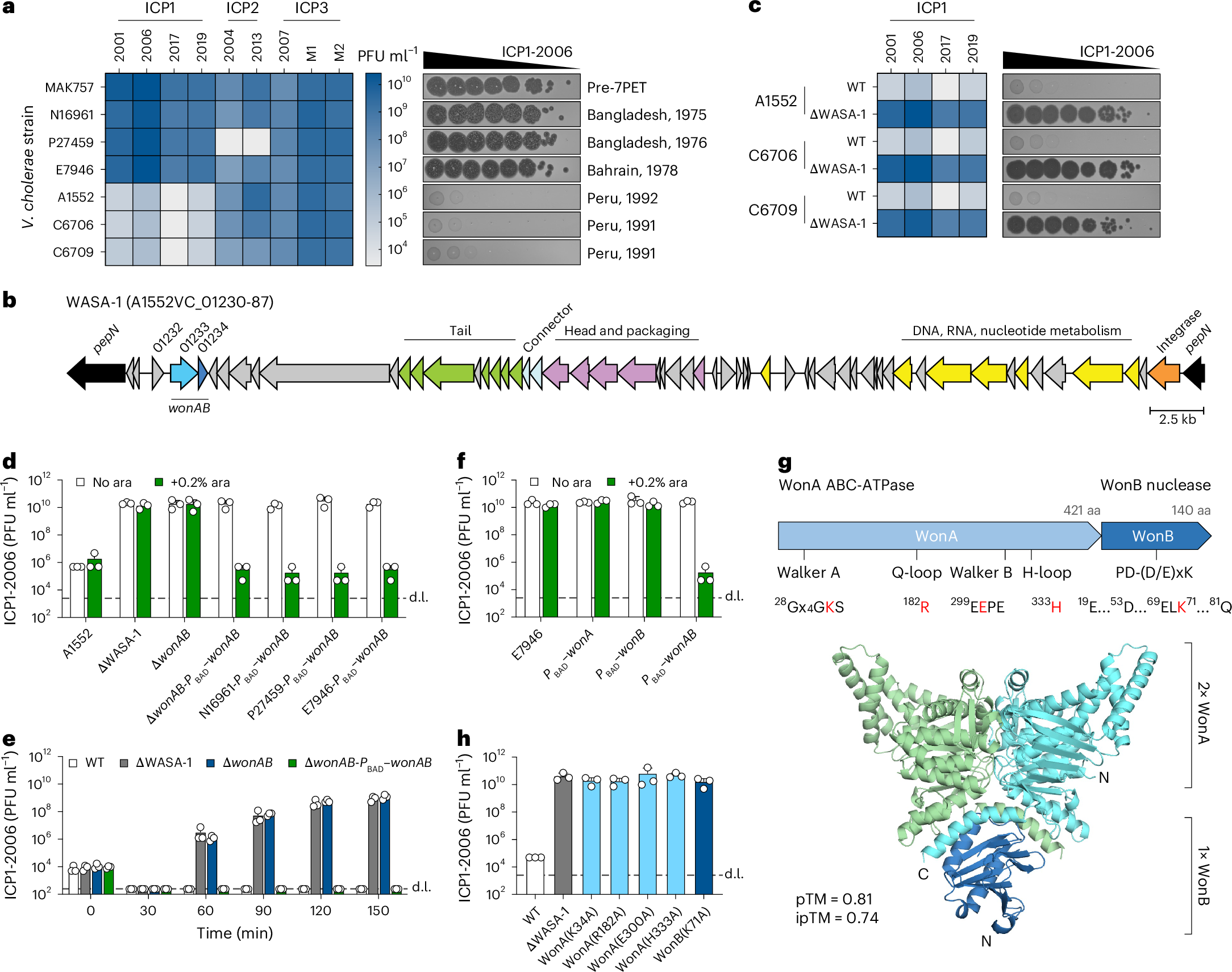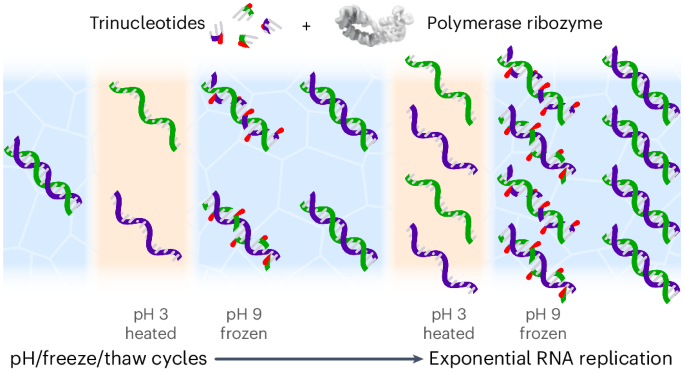2025-05-26 スイス連邦工科大学ローザンヌ校(EPFL)
<関連情報>
- https://actu.epfl.ch/news/how-cholera-bacteria-outsmart-viruses/
- https://www.nature.com/articles/s41564-025-02004-9
西アフリカと南米のパンデミックコレラ菌は複数の異なるファージ防御システムをコードしている West African–South American pandemic Vibrio cholerae encodes multiple distinct phage defence systems
David W. Adams,Milena Jaskólska,Alexandre Lemopoulos,Sandrine Stutzmann,Laurie Righi,Loriane Bader & Melanie Blokesch
Nature Microbiology Published:22 May 2025
DOI:https://doi.org/10.1038/s41564-025-02004-9

Abstract
Our understanding of the factors underlying the evolutionary success of different lineages of pandemic Vibrio cholerae remains incomplete. The West African–South American (WASA) lineage of V. cholerae, responsible for the 1991–2001 Latin American cholera epidemic, is defined by two unique genetic signatures. Here we show that these signatures encode multiple distinct anti-phage defence systems. Firstly, the WASA-1 prophage encodes an abortive-infection system, WonAB, that renders the lineage resistant to the major predatory vibriophage ICP1, which, alongside other phages, is thought to restrict cholera epidemics. Secondly, a unique set of genes on the Vibrio seventh pandemic island II encodes an unusual modification-dependent restriction system targeting phages with modified genomes, and a previously undescribed member of the Shedu defence family that defends against vibriophage X29. We propose that these anti-phage defence systems likely contributed to the success of a major epidemic lineage of the ongoing seventh cholera pandemic.


